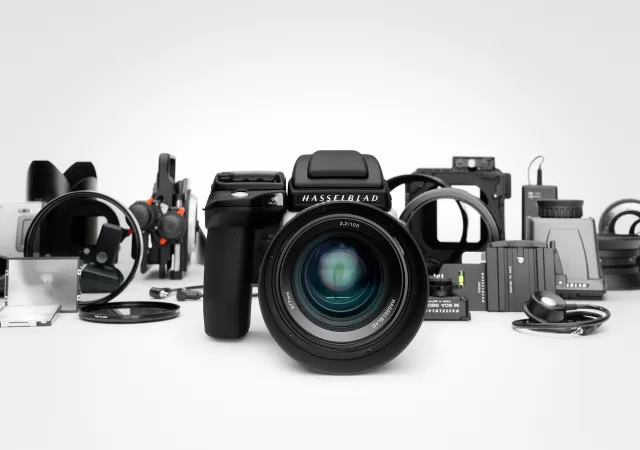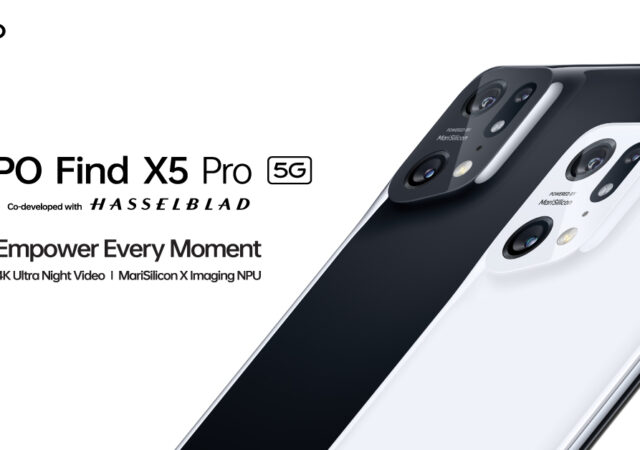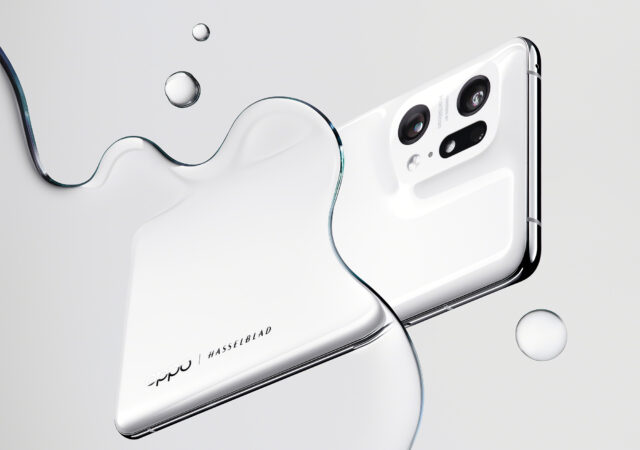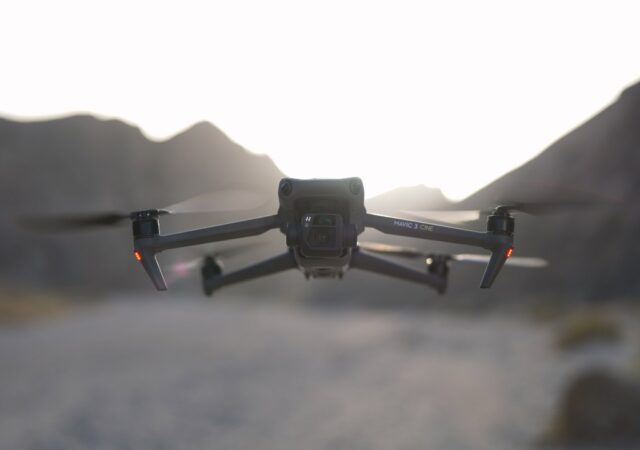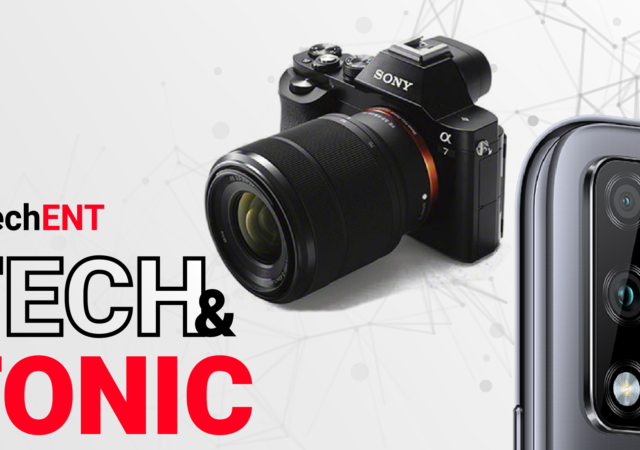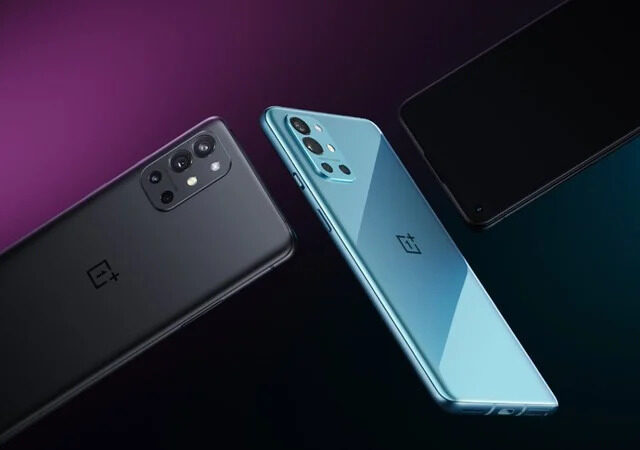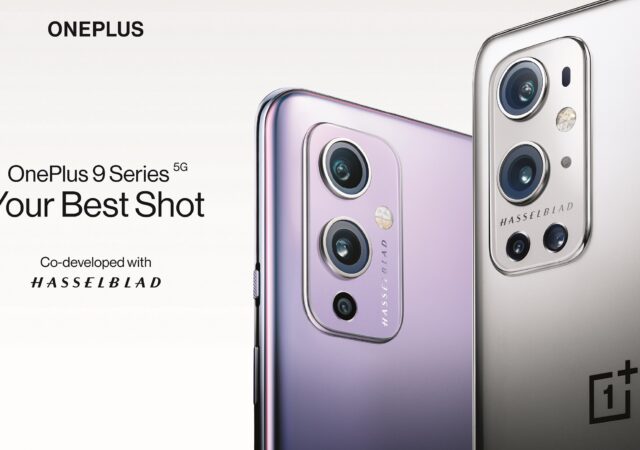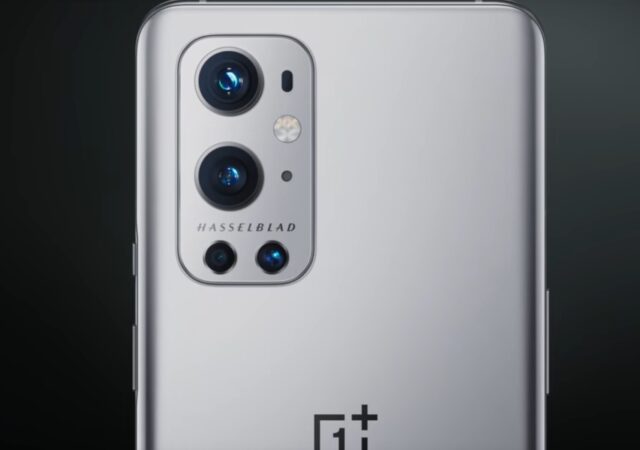Hasselblad is officially pulling out of the DSLR game choosing to fully commit to mirrorless systems like their X2D cameras.
OPPO Launches the Find X5 Pro 5G in Malaysia – Another Hasselblad Masterclass at MYR 4,999
OPPO is launching the Find X5 Pro with Hasselblad developed camera for MYR x,xxx with MariSilicon X dedicated imaging NPU.
OPPO Debuts the MariSilicon X NPU with the Find X5 series
OPPO announces it’s new flagship Find X5 series complete with its MariSilicon X NPU which promises better picture and video quality.
The DJI Revolution is Here in the Form of the Mavic 3 with Prices from MYR 9,799
DJI released the new Mavic 3 and Mavic 3 Cine edition with 5.1k 50fps and 4K 120fps video recording with 4/3 CMOS Hasselblad sensor.
Tech & Tonic S2E10 – Are Proper Cameras Still Relevant in 2021?
With smartphone cameras getting better and better, is there still space for DSLR and mirrorless cameras? We’re talking about it on the Tech & Tonic Podcast.
Alongside the OnePlus 9 and OnePlus 9 Pro, the OnePlus 9R Launches in India and China.
OnePlus launches the budget friendly OnePlus 9R alongside OnePlus 9 and Oneplus 9 Pro in India and China packing Snapdragon 870 5G.
OnePlus 9 Series Launches with Hasselblad Camera
OnePlus launches the OnePlus 9 flagship series to the world. The OnePlus 9 series also features Hasselblad co-developed cameras.
OnePlus 9 Coming 23 March 2021 with Hasselblad Camera and Charger in the Box
UPDATE (11/03/21): OnePlus has confirmed that the OnePlus 9 will come with a Sony IMX766 50-Megapixel ultra-wide camera. They also say that the Ultra-Wide camera should deliver distortion free ultra-wide shots thanks to the free-form lens technology OnePlus 9 features.…



